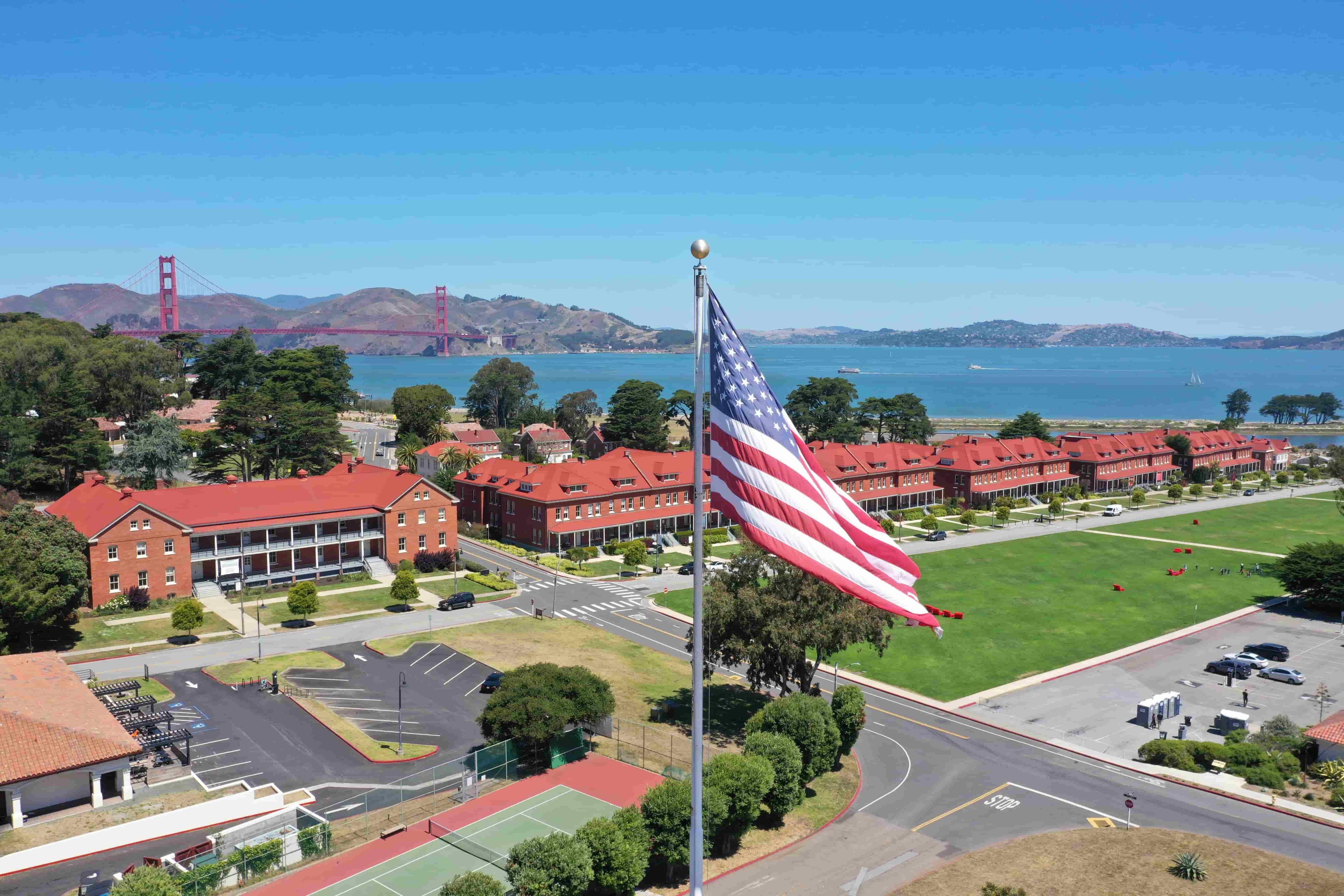Stanford University Digs for Buried Secrets at the Presidio
Presidio of San Francisco (June 21, 2004) — A team of archaeologists from Stanford University begins a five-week excavation at the historic site of El Polín Spring that may reveal what life was like for early 19th century San Franciscans.
Last year the team hit pay dirt when they uncovered the remains of an adobe house believed to have been occupied by the Briones family, who were leading citizens in the emerging city of San Francisco during the early 1800s. Today, Juana Briones is remembered as an astute businesswoman, landowner, and a healer who challenged the gender conventions of her time. This summer the archeologists plan to excavate inside the adobe house, its yard, and nearby trash deposits.
“The artifacts we find this summer will reveal the events that happened here long ago,” said Dr. Barbara Voss, the Stanford professor leading the team of two dozen or so students who are exploring the Presidio’s past this summer. “We will learn the details of early colonial life that are missing from the history books.”
Last year, preliminary explorations of the site recovered evidence that Native Californians were living and working at El Polín Spring alongside the Briones family. “We especially hope our research will help us learn more about the relationship between colonial families such as the Briones and native peoples,” Voss added.
The Briones family settled in El Polín Spring in the 1810s and lived there until they were evicted by the U.S. Army the early 1850s. The family was headed by Marcos Briones, a retired soldier, and his adult daughters Juana, Maria de la Luz, and Guadalupe Briones. These three sisters, who were of African/Latino descent, played an important role in the development of San Francisco.
The dig is part of a five-year study of how this valley, now called Tennessee Hollow, in the Presidio was used during the Spanish-colonial and the Mexican periods of the Presidio between the years 1776 and 1847.
When Spain colonized California, the Presidio was chosen as a site for a fort to defend San Francisco Bay. Some 40 families emigrated here from Northern Mexico in 1776. After Mexico gained independence from Spain in 1821, the Presidio became a Mexican frontier outpost. The United States Army took control of the Presidio in 1846, and it gradually became the most significant post on the West Coast. In 1994, the Army departed and the Presidio became part of the Golden Gate National Recreation Area.
The dig is taking place at El Polín Spring, a place in the Presidio that is rich in historical and ecological significance. During the Spanish and Mexican periods, this area was used for farming and livestock grazing. Freshwater springs provided water to the settlement year-round. The waters at El Polín are believed to have had fertility powers.
